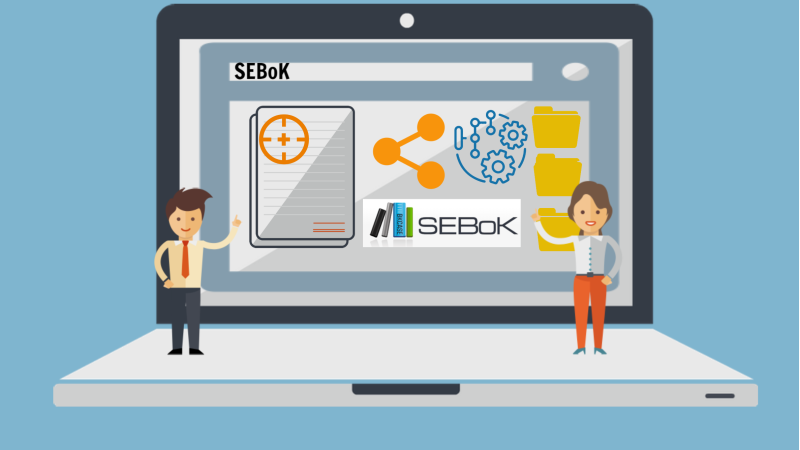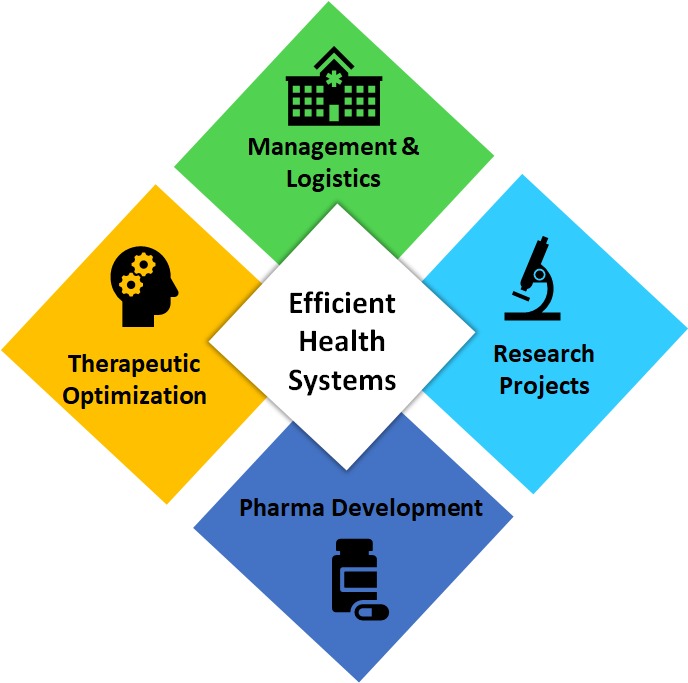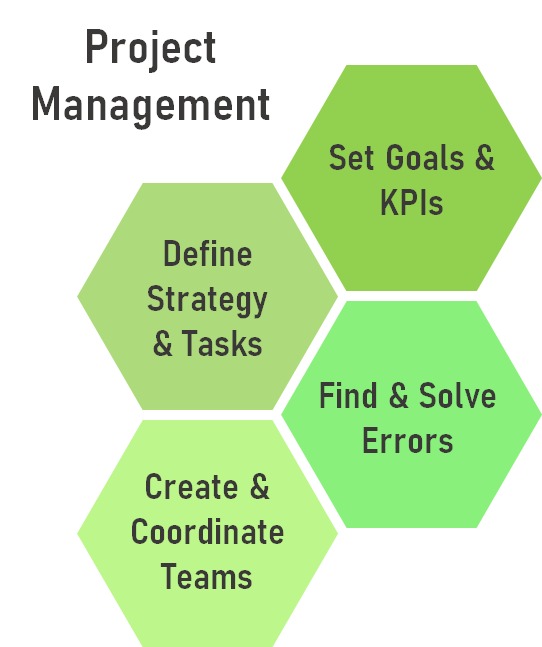SEBoK

THE HUMAN SIDE OF SE
This part is all about how enterprises prepare themselves to correctly enable and deploy their systems complying with all SE activities used along SEBoK. Easily explained, this section talks about how to develop all the prior requirements to enable the system, select a life cycle model that is efficient with the purpose of the system, and prepare it to comply with a System of Systems (SoS). It is kind of an unexpected purpose for which SE is used, since it differs a lot from the technical and production parts that we have seen before. Nevertheless, it can bring great results!
It can interact with other systems to provide even more value and capabilities. To get there, the company must ask itself the proper questions. SE in the more human side enables the organization to be divided in three levels:
- Enterprises/Businesses
- Teams
- Individuals

Enabling Businesses and Enterprises
As the name suggests, this area of knowledge describes what is needed to know to activate the systems at the utmost level of an organization. This includes how the system adds value to the business as a whole, and with that information it is decided how to allocate the resources. Also, at this level it is measured what overall skills and what approach are needed to reach the final objective of the enterprise. And most importantly, here is where the organization happens. Should the functions be centralized, or should they be delegated? How much does each team and individual know?
Enabling Teams
At this level, it is decided what specific part of the project/system should the team focus on, usually by determining the team’s individual’s strengths and leveraging them. Then it is decided how the team dynamic will work. Will there be a team manager that oversees all work or do the individuals have more freedom and creativity? How can it be more efficient and what tools are needed to accomplish so?
We must know that there is not one perfect answer. Still, the goal of answering these questions should always be increasing the efficiency of the system and the value it provides.
Enabling Individuals
The final form of enabling SE comes down to each and every individual working on it. So, each one should know its role, its capability and its competency. Depending on all of these the person should work on what maximizes its strengths (capabilities and competencies). The theoretical outcome is that the individual will be as efficient as possible.
Another very important metric to have for the individual is performance. Each one should always be assessed to measure the quality of their performance in order to be sure the efficiency goal is being reached.
The last part of enabling individuals is their ethical behaviour, which describes the standards that should apply to the them and the standards that the organization puts in place for all.
TAKING SEBoK AND SE TO THE NEXT LEVEL
Last but not least, we wanted to leave two applications of SE apart from the rest to make them stand out, because we consider the effect and potential of applying such discipline to these areas can be extremely beneficial. First, we’ll consider the Healthcare System, which belongs to the real-world problems (what we called the business world); and afterwards we will take a look at the application of SE in Project Management (which is a part of the technical applications).
Healthcare Systems Engineering
HSE talks about the role of systems engineering in the medical industry. Such as medical devices, health IT, pharmaceuticals, public health systems, etc.

With the increase and everlasting evolution of our healthcare, it became necessary to know how to correctly implement efficient systems to sustain the whole population, the different pharmaceuticals, the different medical specializations, etc. That is what HSE tries to accomplish by focusing on reliability and efficiency when creating and managing healthcare systems. This includes the development of medical devices, the maintenance, logistics and deployment of healthcare projects, as well as interoperability among system components.
SE and Project Management

As you may be aware of, the main objective of Project Management is to plan and coordinate all the tasks related to a project in an efficient way. The SE fits right in because its goal is very similar. Thanks to this, and knowing about the main concepts of PM; both disciplines can work together to achieve an efficient, cost effective, and low risk solution. All of this while connecting with the previous point of enabling the system with a good organization in all three levels.
All in all…
From our point of view, SEBoK is an incredibly valuable instrument that goes beyond engineering application, against what the majority might have thought at the beginning of the post. Indeed, it is mostly used in terms of management and in the healthcare system, where it is to improve them both in a major way. However, we must be aware that systems engineering is not an “easy answer to any problem”. In fact, it is becoming harder to develop the action protocols to some systems problems that, for instance, some technological companies and startups face. This can be given because the ending goal of the company might not be clear, or the existence of several incompatible goals makes the design of procedures impossible. In sum, SEBoK and SE are of great help, but they don’t do magic.

@SEBoK, #business, #design, #focus, #funsoft, #improvement, #problemsolving, #projectmanagement, #systemsengineering
